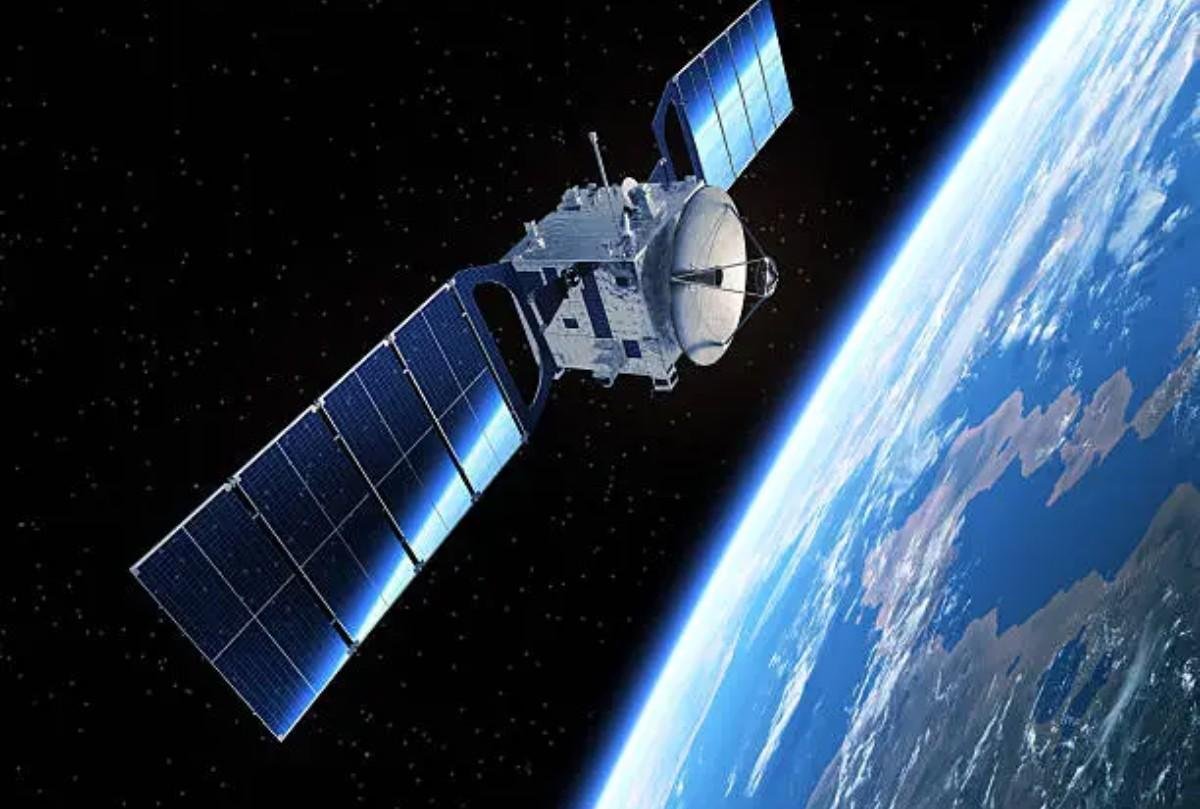Pakistan is set to launch a new satellite, dubbed MM1, on May 30, according to the Space and Upper Atmosphere Research Commission (Suparco). The launch will take place from Islamabad and aims to strengthen Pakistan’s communication infrastructure by deploying a geostationary orbit satellite at an altitude of about 36,000 km from Earth.
The primary objective of the MM1 satellite is to enhance Pakistan’s communication network and meet the growing demands of the telecom sector. Its advanced capabilities are expected to address the increasing need for high-speed internet and seamless connectivity.
Suparco’s announcement follows Pakistan’s historic lunar mission, ICUBE-Q, which was launched on May 3 aboard China’s Chang’E6 from Hainan, China. The ICUBE-Q satellite, designed and developed by the Institute of Space Technology (IST) in collaboration with China’s Shanghai University SJTU and Suparco, successfully captured and transmitted its inaugural images from lunar orbit, providing a unique perspective of the moon’s surface.
Developed by the Electrical Engineering Department of IST in Islamabad, the ICUBE-Q satellite weighs about 7 kg. This mission underscores the crucial role satellites play in a country’s development, from disaster management to agricultural and environmental monitoring.
Satellites are essential for mapping, assessing damage, and planning recovery during natural disasters like earthquakes, floods, and forest fires. They are also vital for analyzing Earth’s conditions in agriculture, weather, climate, glacier melting, landslides, rising sea temperatures, and coastal changes.
To meet these diverse needs, countries require three types of satellites: communication, remote sensing and reconnaissance, and navigation. Currently, Pakistan has the first two types but still needs more to cope with existing challenges.
According to Suparco, Pakistan currently operates one remote sensing satellite, PRSS-1 (Pakistan Remote Sensing Satellite), and one communication satellite, PakSAT-1R. The launch of MM1 represents a significant step forward in addressing the nation’s communication needs and enhancing its technological capabilities.















